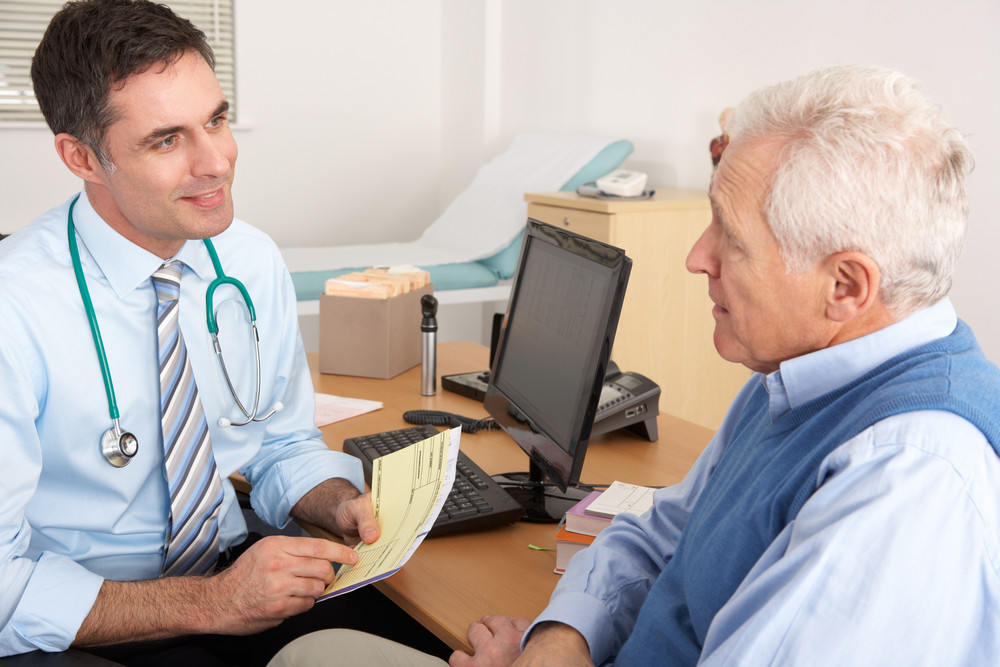GPs who conduct their surgeries in the flesh are more likely to have satisfied patients according to a new study by University of Manchester researchers.
According to their British Journal of General Practice study published today (25/03/25), satisfaction levels were lower in practices that rely more both on telephone appointments and consultations with non-GP staff.
Advanced nurse practitioners, physician associates, practice-based pharmacists and even paramedics, are among the roles who over the past few years have increasingly worked in place of GPs.
The study also theorises that patient satisfaction could increase by 1% when 10 additional face to face GP appointments per 1000 patients per month are added.
The findings are released amid recent changes to Government policy which aims to place more emphasis on non-GP roles to fill gaps in primary care provision.
However, critics of the policy argue that the new roles can be a cheap substitute which blur the lines between doctors and non-doctors.
The study is the first to use national appointment data to investigate the complex relationships between patient satisfaction, access, preference for a specific GP, and support for managing long-term conditions against appointment volume, modality (telephone or face-to-face), and practitioner type.
The data set of over half a million English patients from 5,500 practices was taken from the General Practice Patient Survey (GPPS) and NHS Digital’s practice level appointment data, covering August 2022 to March 2023.
The study found that 69.5% of appointments were face-to-face and 27.2% were on the telephone. Only 29.6% of appointments were face-to-face with a GP and 18.4% were GP telephone appointments.
The researchers also found that practices with a larger amount of telephone consultations had less satisfied patients. This dissatisfaction was still present and decreased only slightly when telephone calls were carried out by GPs, rather than non-GP staff.
The correlation coefficient between face-to-face appointments and overall satisfaction was 0.096, showing that practices with a greater percentage of face-to-face appointments were more likely to have patients with higher overall satisfaction.
However the figure for GP face-to-face appointments was 0.167 showing that GP face-to-face appointments have an even stronger correlation.
The study also found that:
Practices offering more on the day appointments had reduced satisfaction with access compared to practices that offered appointments days or weeks in advance.Greater numbers of appointments of any type with any staff member overall resulted in improved patients satisfaction.Greater numbers of GP appointments at a practice were associated with reduced unmet health needs.
Dr Patrick Burch is an academic clinical lecturer at The University of Manchester and a practising GP.
He said: “This study of appointments from over 5,500 practices showed that more appointments, particularly with face-to-face with GPs, tended to be associated with more satisfied patients who were better able to meet their health needs.
“While telephone and IT assisted appointments have an important role to play in general practice, we would cautiously welcome an overall increase in the proportion of face-to-face consultations.
“Until recently, simply employing more GPs was not seen as feasible. However, given six out of 10 job-seeking GPs have struggled to find a vacancy to apply for over the past year, this may now be a potential option.
“We would also welcome measures that free up GP time to enable more patient appointments.”
He added: “A greater proportion of telephone appointments were associated with decreased satisfaction in general, especially when provided by non-doctor roles.
“Non-GP clinicians employed in primary care since 2019 has increased by 21,600 full time equivalent staff members.
“As primary care funding has not gone up significantly, arguably this cash is now being used to pay other less expensive clinicians rather than GPs.
“The reasons for the findings behind this study are likely to be complex, but there is undoubtedly an important role for non-GP clinicians in primary care.
“Patient satisfaction is not the only measure of success in general practice but it is important that policy makers take note of the link between patient satisfaction and numbers of appointments with GPs.”
In the paper, appointments were only divided into GP or non-GP, with no other categories used. As a proportion, if one goes up, the other goes down.
The paper What is the relationship between the volume and type of appointments in general practice and patient experience? An observational study of general practice in England is published in the British Journal of General Practice . DOI:
